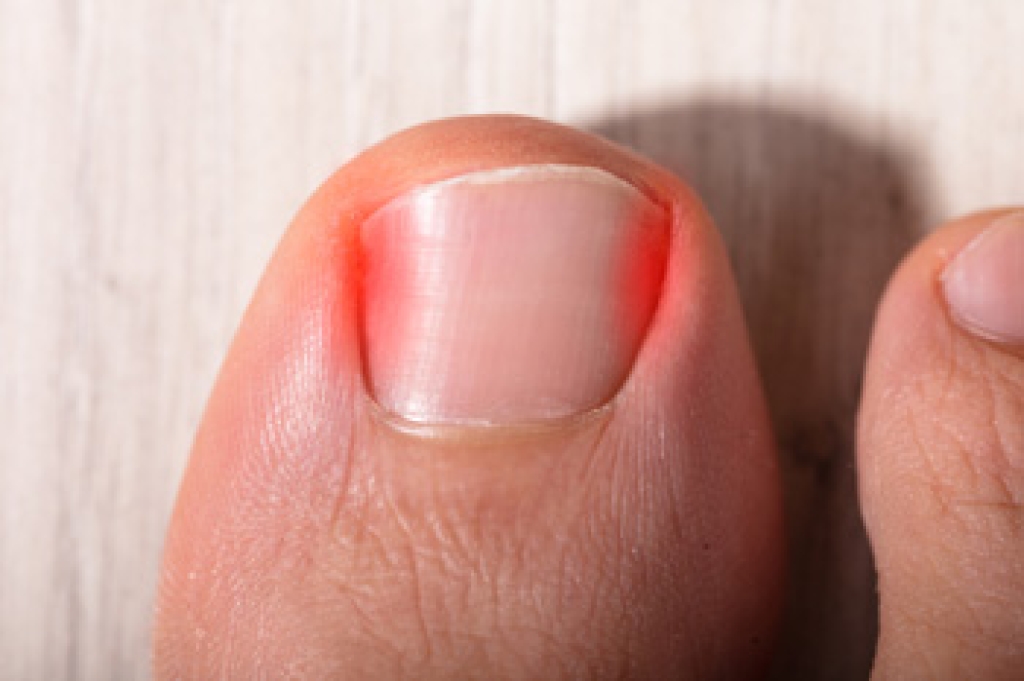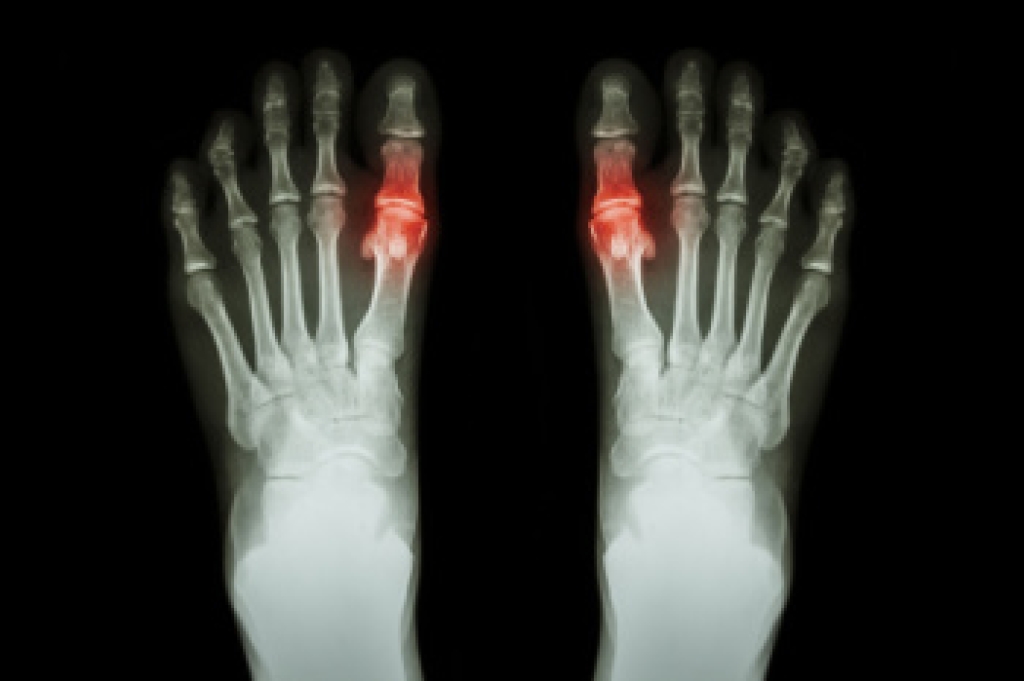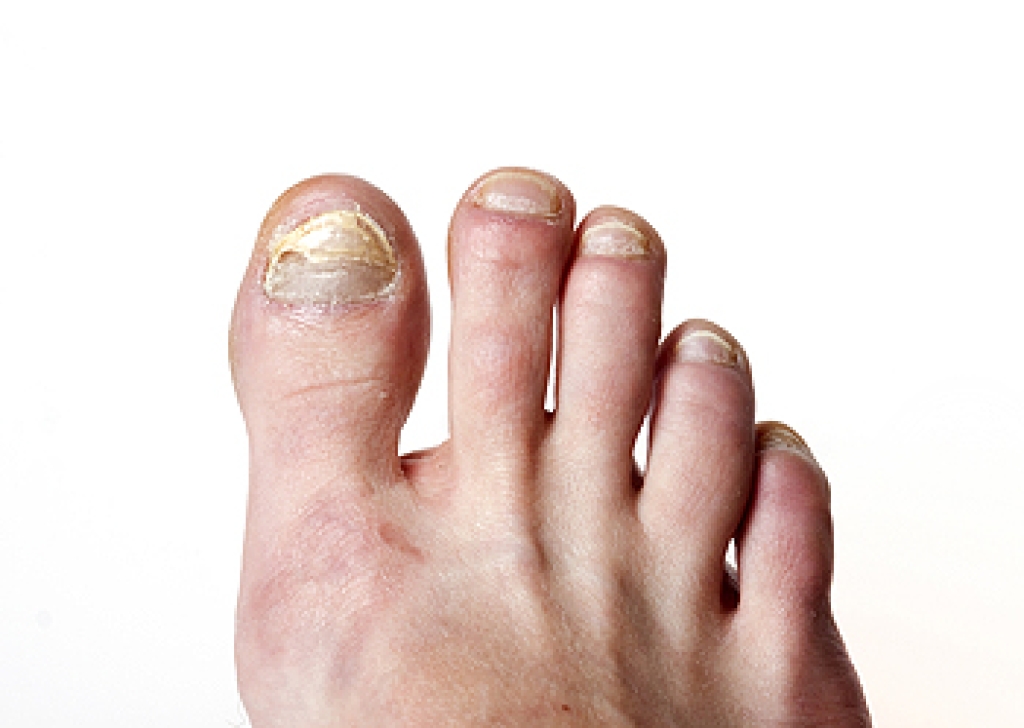
Ingrown toenails occur when the edge of a toenail grows into the surrounding skin, causing irritation and discomfort. Symptoms often include redness, swelling, pain, and sometimes drainage if an infection develops. Common causes are improper nail trimming, wearing tight footwear, trauma to the toe, or naturally curved nails. Risk factors include repetitive pressure on the toes, sweaty feet, and certain foot shapes. A podiatrist can provide safe and effective treatment by removing the ingrown portion of the nail, reducing inflammation, and preventing infection. They also offer guidance to stop the problem from returning. If you have ongoing toe pain or signs of infection, it is suggested that you promptly consult a podiatrist for expert guidance and lasting relief.
Ingrown toenails may initially present themselves as a minor discomfort, but they may progress into an infection in the skin without proper treatment. For more information about ingrown toenails, contact Edward Fryman, DPM, FACFAOM of Seaford Foot Care Center. Our doctor can provide the care you need to keep you pain-free and on your feet.
Ingrown Toenails
Ingrown toenails are caused when the corner or side of a toenail grows into the soft flesh surrounding it. They often result in redness, swelling, pain, and in some cases, infection. This condition typically affects the big toe and may recur if it is not treated properly.
Causes
- Improper toenail trimming
- Genetics
- Improper shoe fitting
- Injury from pedicures or nail picking
- Abnormal gait
- Poor hygiene
You are more likely to develop an ingrown toenail if you are obese, have diabetes, arthritis, or have any fungal infection in your nails. Additionally, people who have foot or toe deformities are at a higher risk of developing an ingrown toenail.
Symptoms
Some symptoms of ingrown toenails are redness, swelling, and pain. In rare cases, there may be a yellowish drainage coming from the nail.
Treatment
Ignoring an ingrown toenail can have serious complications. Infections of the nail border can progress to a deeper soft-tissue infection, which can then turn into a bone infection. You should always speak with your podiatrist if you suspect you have an ingrown toenail, especially if you have diabetes or poor circulation.
If you have any questions, please feel free to contact our office located in Seaford, and Bethpage, NY . We offer the newest diagnostic and treatment technologies for all your foot care needs.




